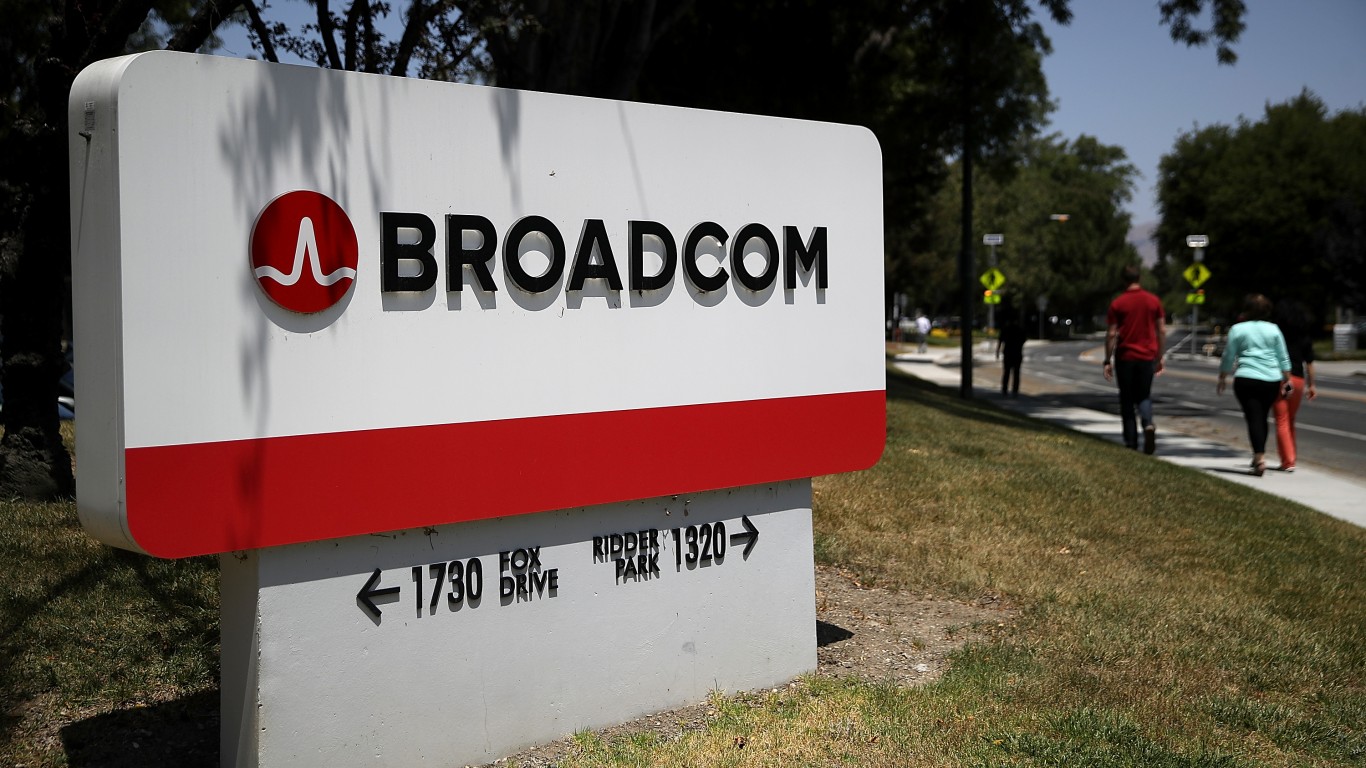Investing
Forget Nvidia: These 3 Companies Will Be the Next Stock Split Winners in 2025

Published:

Investors are always scanning the horizon for the next big thing in stocks. For the past few years, it’s clear that Nvidia (NASDAQ: NVDA) has been the key winner that’s driven most index (and portfolio) returns. Indeed, investors who haven’t owned Nvidia have largely paid the price via underperformance, and that’s a dynamic many investors expect will continue this year.
One of the key drivers of continued investor interest in Nvidia stock has been the company’s ability to split its stock relatively consistently over the years. Now, Nvidia typically splits its stock when the company sees its share price breach the four-digit range, meaning another 10-for-1 split (the last one took place this past summer) may be a ways out.
The good news is that there are plenty of other stocks trading in the four-digit range, or with the potential to grow to a level where their boards may consider a stock split over the course of the next year. Here are three such stocks I think could be stock split winners in 2025 (while a split doesn’t change anything mathematically around how a company is valued, it can drive outsized volume in a stock and lead to short-term price surges).

Mettler-Toledo International Inc. (NYSE:MTD) is a company that isn’t often discussed by many investors, but is a company that presents a complex case regarding the probability of a stock split. Currently trading at approximately $1,253.85, the company’s high share price has provided investors with plenty to speculate about when it comes to the possibility of a stock split in 2025.
The company’s status as a leading provider of laboratory instruments has provided strong growth coming out of the pandemic, where many discretionary procedures were put on hold. This boom in business has provided relatively steady growth in recent years, and investors have clearly held the view that this stock is a long-term buy-and-hold type stock. Investors have seen capital appreciation of around 60% over the past five years (in aggregate), with no dividend yet to speak of.
Despite a relatively high price-earnings ratio of around 40-times, there are reasons to believe that a stock split could indeed be on the horizon. The company’s relatively high share price is certainly the key factor at play in this discussion. However, the company’s ability to continue to demonstrate strong financial health, with a gross margin of 59.48% and an adjusted EPS forecast of $40.35 to $40.50 for 2024, could spell continued upside from here. If the company’s share price moves toward the $1,500 level, this is a stock that I think could certainly be primed for a discussion at least among the upper ranks of the company’s management team and its board.
That’s not to say there aren’t risks with such a holding. And it’s been quite a while since this stock last split its shares (back in 1996). But if we do see the kind of growth many analysts think is possible, this is certainly a candidate I’m going to keep on my radar this year.

Broadcom (NASDAQ:AVGO) recently announced a 10-for-1 stock split, which went into effect right around the same time Nvidia split its shares this past year. This stock split effectively reduced the company’s share price to around $150 per share. However, since this split, the company’s share price has since surged back toward the $250 level at the time of writing, suggesting that the potential for another similar split could be in play if the company once again breaches four-digit territory, or signals such a move is likely over the coming year.
Now, that would imply some serious capital appreciation potential on the horizon. But given the AI-related tailwinds supporting many top chip makers (and a surge in interest around Broadcom in particular following the company’s successful acquisition of VMware), there are certainly catalysts that could lead to a sharp increase in this company’s share price and support discussion of yet another split.
Now, I’m in the camp of investors who think that it’s more likely a stock split for Broadcom could materialize over the course of the next two to four years. But anything’s possible in this age of AI euphoria. Broadcom’s growth trajectory and position as a key player in the semiconductor industry is starting to generate attention among many investors who may have been too singularly focused on Nvidia. If this trend continues, this is a stock split candidate investors will kick themselves for not owning over the coming years.

Rounding out this list of prospective stock split candidates is Fair Isaac Corporation (NYSE:FICO), the well-known credit score provider. Shares of FICO stock have surged more than 75% over the past year, and with the company’s share price now trading around $2,000 per share, this is a company I’d consider a prime candidate for a stock split, if there ever was one.
This recent share price appreciation has been driven by remarkable financial performance, with the company posting very strong revenue growth of 12.3% in its past quarter. The company’s core “Scores” segment delivered 20% revenue growth, suggesting lending activity may not be troughing to the degree many were worried about in the past.
Notably, FICO is a company that has a noted history of splitting its stock, with four stock splits having taken place between 1995 and 2004. At these levels, there are obvious questions that have started to build around why the company hasn’t yet split its stock, especially in the face of a recently-authorized $1 billion share repurchase program. This share buyback program demonstrates the company’s confidence in its long-term prospects, and suggests that share prices remain undervalued (despite their sticker price).
Thank you for reading! Have some feedback for us?
Contact the 24/7 Wall St. editorial team.